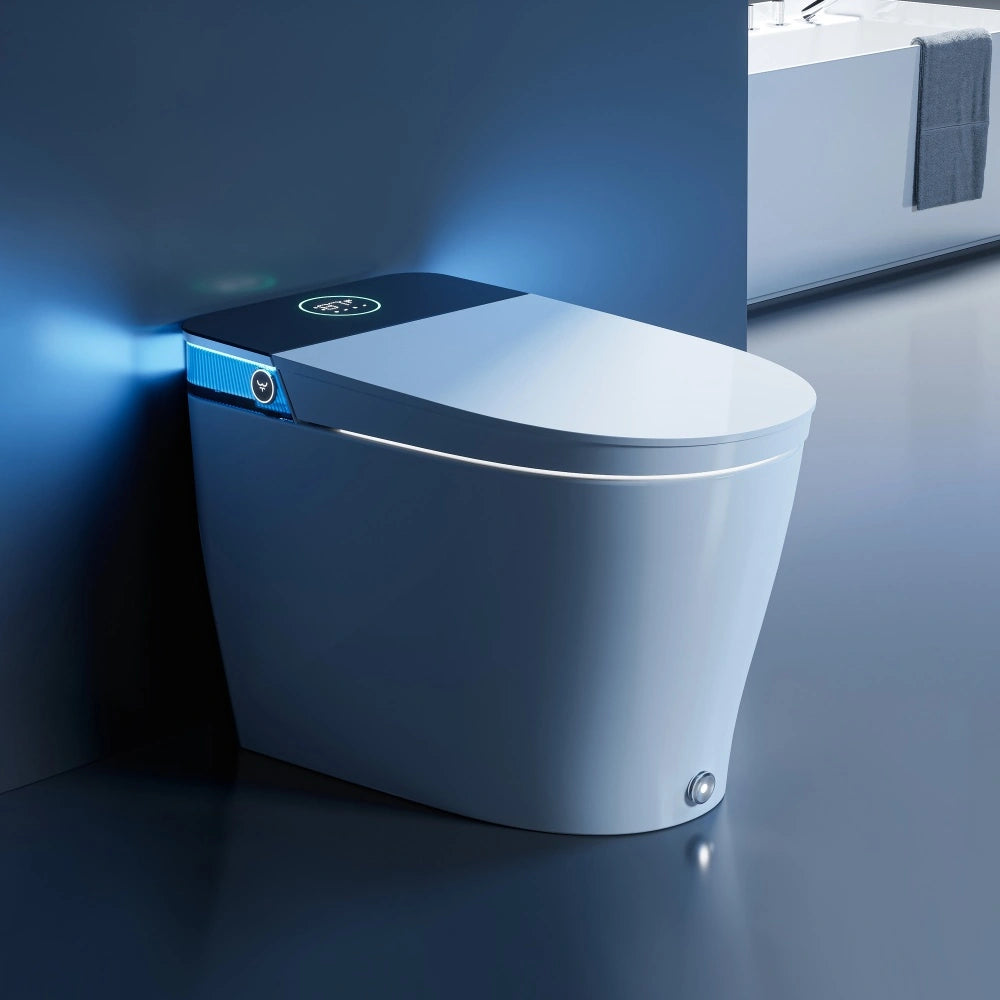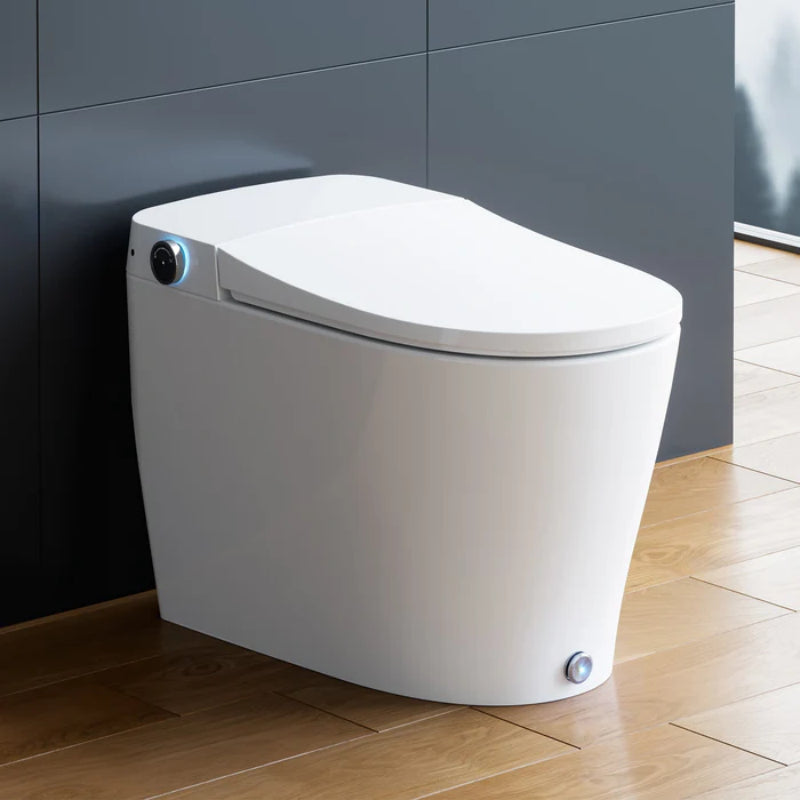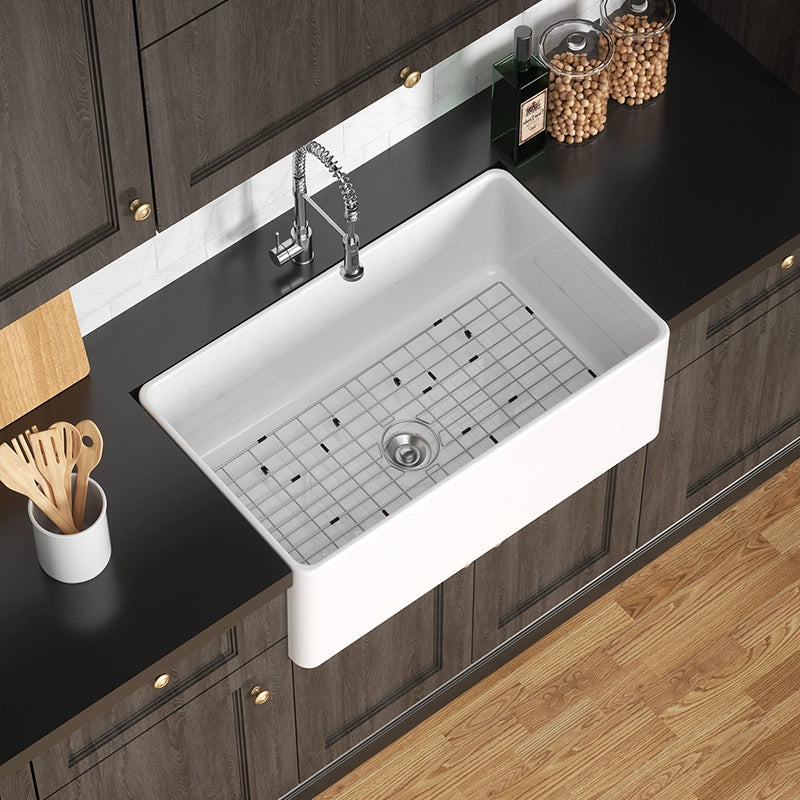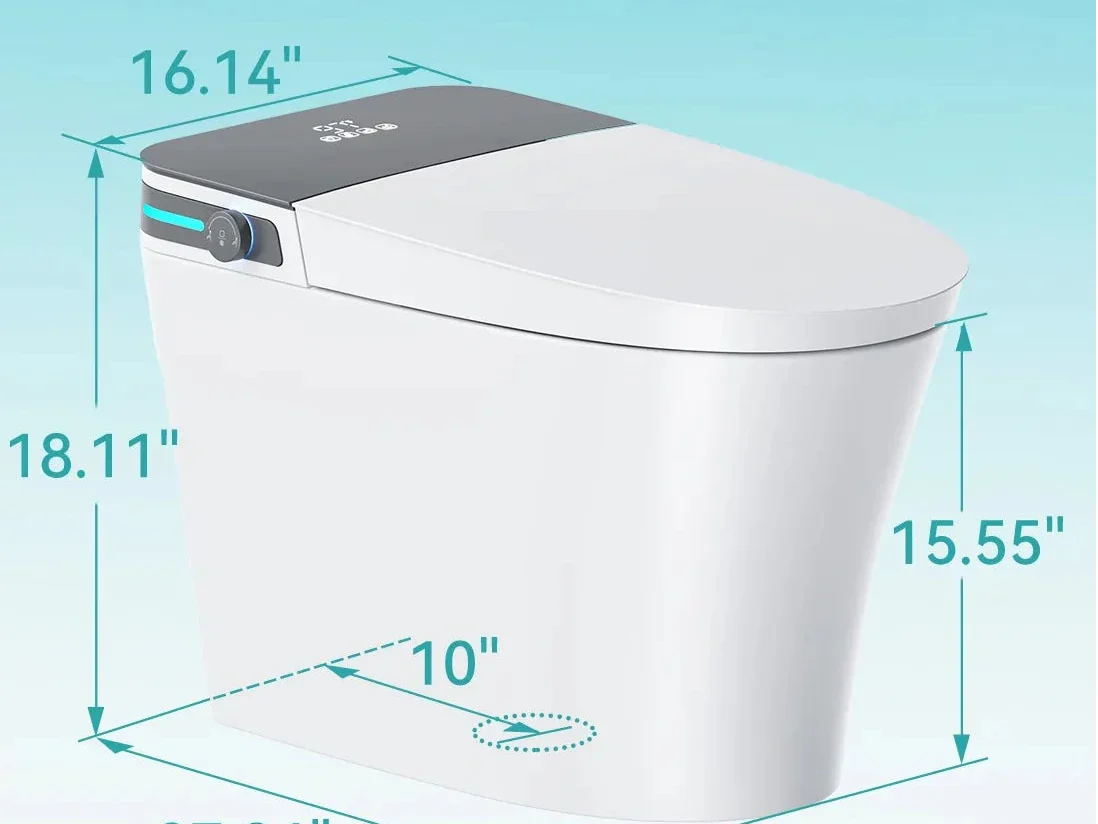You might need, to shut off toilet water if your toilet starts leaking or malfunctioning. A leaking toilet can waste a significant amount of water and potentially cause damage to your bathroom floor, leading to costly repairs. Learning how to turn off the water supply is essential because it helps prevent further water damage and allows you, to address the issue promptly. It’s not just a handy skill but a must-have for any homeowner. Knowing how to turn off toilet water ensures that you can handle emergencies and make necessary repairs without worrying about flooding.

Why You Might Need to Turn Off Toilet Water
Leaking Toilet
A leaking toilet is one reason you might need, to turn off the water. It can waste a lot of water and cause damage to your floor. Fixing leaks fast stops bigger problems. A small leak can waste up to 200 gallons of water a day.
Leaks often come from the toilet's base or the tank. If you see water on the floor or hear it running, it's time to act. Mastering how to turn off toilet water is the first step to keeping things dry while you work on repairs.
Replacing or Repairing Parts
Sometimes, you need, to know how to turn off toilet water because parts inside the toilet break or wear out. Fixing these parts can stop leaks and save water. You might have, to change things like the flush valve, flapper, or fill valve. Doing this makes sure your toilet works right and doesn't waste water.
Before you start fixing anything, knowing how to turn off toilet water is key. This step keeps water from flooding your bathroom while you work. After turning off the water, you can safely remove old parts and put, in new ones. How to turn off toilet water is a simple action that helps prevent bigger problems later on.
Preventing Water Damage
Ever had a toilet overflow at 7 AM when everyone needs, to use it? You're not alone. Up, to 30% of overflow incidents happen during busy times.
Regular plumbing maintenance can cut overflow incidents by 60%. Turning off the shut-off valve and knowing emergency procedures can prevent major water damage. Knowing how to turn off toilet water can save you from expensive repairs and stress.
Given these reasons, it's clear that knowing how to turn off toilet water is vital. It's not just convenient, it's essential, for protecting your home and saving money.

Step-by-Step Guide: How to Turn Off Toilet Water
Step 1: Locate the Shutoff Valve
Now that you know why it's important, to learn how to turn off toilet water, let's find the shutoff valve. This valve is often on the wall near the toilet or on the floor. It looks like a small knob or lever. Most are close to where the toilet meets the wall. You need this valve, to stop the water flow when fixing leaks or doing repairs.
Shutting off toilet water starts with finding the right valve. After spotting this valve, you've taken your first step in learning how to turn off toilet water. Make sure it's accessible and not blocked by anything. This helps in emergencies when you need to act fast.
Step 2: Turn the Valve Clockwise
To turn off the water to your toilet, find the valve and twist it clockwise. This stops the water flow. Keep turning until it's tight, but don't force it too much or you could damage the valve.
Once you have done this, all water supply to your toilet will stop. This is crucial before fixing any leaks or doing repairs. Next up, flushing your toilet will ensure there's no water left in the tank.
Step 3: Flush the Toilet
After learning how to turn off toilet water, go ahead and flush the toilet. This step empties the tank and stops more water from flowing into it. Flushing makes sure there is no water left, in the toilet tank. It helps you see if you turned off the water supply correctly. If no water refills the tank after flushing, you did it right.
This action also prepares your toilet for any repair or part replacement. With an empty tank, fixing or swapping out parts becomes easier and less messy. Plus, it prevents spills or leaks while working on your toilet repairs or upgrades.
Common Problems & How to Fix Them
Shutoff Valve Won’t Turn?
If the shutoff valve won't turn, it's stuck. This happens often if the valve hasn't been used in a while. You might need to use a little force. Grab a wrench or pliers for extra grip and gently try to turn the valve clockwise again. How to turn off toilet water in such situations requires patience and sometimes tools.
No use? Don't worry - there's another step you can take. Spray some WD-40 or any penetrating oil on the valve. Wait for a few minutes. This should help loosen it up. Then, try turning it with your tool again. Most of the time, this trick will get that stubborn valve moving.
Water Still Running After Turning Off?
Sometimes, water keeps flowing even after the shut off valve is turned. This means the valve might not be working right. To fix it, check if the valve needs cleaning or replacing. If cleaning does not stop the water, you may need a new valve.
Leaks inside the toilet can also make water run non-stop. Look for signs of leaks, in the tank. You might have to replace parts like flappers or valves inside the tank, to solve this problem. Knowing how to turn off toilet water can help stop the constant running of water.
No Shutoff Valve?
If your toilet does not have a shutoff valve, you will need to turn off the water at the main valve for your home. This stops all water flow into your house. Find the main water valve near where water comes into your place or by the water meter. Turn it clockwise to shut it off. After doing this, no more water should flow to any part of your home, including the toilet.
You might feel stuck if there's no valve just for the toilet when you need to fix something. But shutting off the main valve lets you work on the toilet without worrying about water leaks or damage while fixing it.
When to Consider Replacing Your Toilet
Frequent Leaks & Repairs
Moving from when to replace your toilet, let's talk about frequent leaks and repairs. Toilets that often leak or need fixing can waste a lot of water and money. Even small leaks add up. For example, a leaky toilet can use an extra 200 gallons of water every day. This is bad, for the environment and your wallet.
Some toilets get old and break down more. Pieces inside wear out and don't work right anymore. You might have to fix things like flappers, fill valves, or handles often. If you're always fixing your toilet or if it uses too much water, think about getting a new one. A modern toilet saves water and needs fewer repairs. It's a smart move, for both the planet and your budget.
High Water Consumption
Old toilets use a lot of water. Each time you flush, they can use up, to 7 gallons. Newer ones are better, using only about 1.28 gallons per flush. This means if your toilet is old, it's using more water than needed. You might see this on your water bill.
Switching to a low-flow toilet saves water and money. It's good for the environment too. Next, let's talk about inefficient or outdated design.
Inefficient or Outdated Design
Older toilets use a lot of water. They can use up to 7 gallons per flush. New models are better. They only need about 1.28 gallons for each flush. This saves water and money.
Some toilets are old and look it, too. They might not fit the new style of your bathroom. Upgrading to a modern design makes your space look nicer and work better.
Upgrade to a HOROW Toilet for a Smarter Solution
Switching to a HOROW toilet can be a smart move. These toilets are designed, for efficiency and modern needs. They use less water, which helps cut down on bills. Plus, their sleek design fits well in any bathroom.
HOROW toilets also have advanced features like dual flush options. This means you can choose how much water, to use each time. It's good, for the environment and your wallet too. With these toilets, stopping leaks and saving water is easier than you think!
Model T37

When considering how to turn off toilet water, the HOROW T37 smart toilet offers unique advantages with its 10-inch rough-in design and smart features. Its intelligent off-seat flushing ensures that water flow stops automatically five seconds after use, reducing the need, for manual intervention and enhancing hygiene.
Additionally, the T37’s dual flush system provides an efficient way, to control water usage, while its convenient knob design allows, for easy manual operation when needed. These features make it a hassle-free choice compared to traditional models when managing water flow and optimizing efficiency.
Model T38

Do you want to know how to turn off toilet water? the HOROW T38 stands out with its built-in water tank, ensuring consistent flushing performance even, in homes with low water pressure. This feature allows, for better water control compared, to standard models, reducing dependency, on external water pressure and offering a more stable experience.
Additionally, the emergency flush system provides reliability during power outages, a key advantage over other smart toilets. With multiple flushing options—including automatic, remote, foot-kick, and knob controls—the T38 makes managing water flow effortless while maintaining hygiene and convenience.
Model T32

When it comes, to how to turn off toilet water, the HOROW T32 offers a streamlined solution, with its all-in-one knob control. This feature simplifies water management, by integrating temperature and flush adjustments, into a single control system, making it more user-friendly than traditional toilets. The manual flush option also ensures greater flexibility, in controlling water flow.
Additionally, the power outage flush system allows the T32, to function even when electricity is unavailable, reducing reliance, on external water pressure. This makes water control more reliable, ensuring efficiency and convenience, in any situation.
FAQ
1. How can I turn off the water to my toilet?
To turn off your toilet’s water supply, locate the shutoff valve, usually found behind or near the base of the toilet. Turn the valve clockwise until it stops. If your toilet lacks a shutoff valve, you may need to turn off the main water supply.
2. What if the valve is stuck and won’t move?
If the valve is stuck, avoid forcing it, as this could cause damage. Apply a lubricant spray and let it sit for a few minutes. Then, gently try turning it again. If it remains stuck, consider using pliers or calling a plumber for assistance.
3. After turning off the water, will my toilet still flush?
Once you turn off the water supply, you can flush your toilet one last time. The remaining water in the tank will flush the toilet, but after that, the tank won’t refill until the water supply is restored.
4. Is there another way to stop my toilet from filling up with water if I can’t turn off its supply?
Yes! If you can't turn off the toilet's water supply, you can switch off the main water supply to your home. This will stop all water flow, preventing your toilet from refilling until the water is turned back on.
5. When should I consider replacing my toilet?
Replace it if you have constant leaks or repairs, or if it uses a lot of water. Also, if it's old and not efficient, it's time for a new one.
6. What are the benefits of upgrading to a HOROW toilet?
Upgrading to a HOROW toilet reduces leaks, saves water, and minimizes repairs. Its smart features enhance convenience, while the modern design improves aesthetics and ensures a more efficient, hygienic experience.








Leave a comment
This site is protected by hCaptcha and the hCaptcha Privacy Policy and Terms of Service apply.